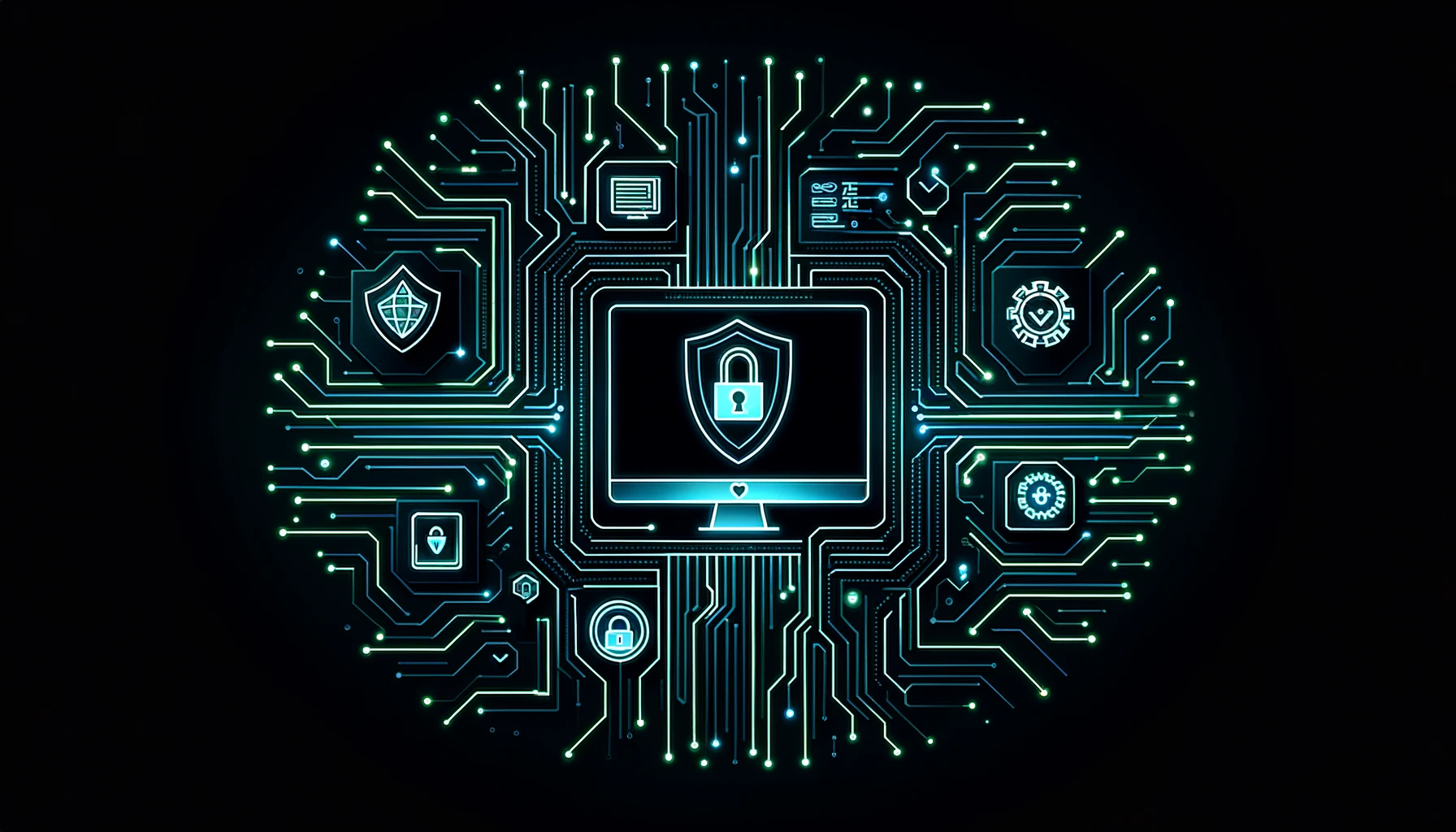Ransomware
Ransomware
Ransomware is a type of malware (bad software) that locks files and demands money to unlock them. Attackers often ask for payment in cryptocurrency so they can’t be traced easily. If the victim doesn’t pay, the attacker might delete the data or threaten to share it publicly. This is called double extortion.
Ransomware attacks are happening more often, with incidents rising by 67% in the UK and 63% in the U.S. in 2024 alone (Malwarebytes Report). Recovering from these attacks, even without paying the ransom, costs an average of $2.73 million (Sophos Report). Ransomware can target any business, big or small, in all types of industries.
If you want to keep your business safe, check out our penetration testing services or learn more about IT security offerings to help strengthen your systems.
Key Points
- Ransomware locks your files and demands money to unlock them.
- Average costs to recover are over $2 million.
- How it Spreads: Phishing emails, unpatched software, or stolen passwords.
- Ransomware-as-a-Service (RaaS) allows criminals to rent ransomware tools.
- Use multi-factor authentication (MFA), keep backups offline, and use endpoint protection.
Related Terms
How Ransomware Attacks Happen
Ransomware can get into systems in several ways:
- Phishing Emails: The most common way, where users are tricked into clicking on a dangerous link or opening a bad attachment. Learn more about phishing and how to protect yourself.
- Remote Desktop Protocol (RDP): Attackers use weak or stolen RDP passwords to get access.
- Unpatched Software: Attackers use old software with known security holes to install ransomware.
Once ransomware is inside, it can move across the network (called lateral movement) and target backups to make recovery harder. Attackers often use tools already on the system (called Living off the Land or LOTL), making it hard to detect them.
Financial Impact of Ransomware
Recovering from a ransomware attack can be very costly. It includes things like downtime, lost data, damage to reputation, and regulatory fines. In 2024, the average cost to recover was $2.73 million, a big increase from the previous year (Sophos Report). Even paying the ransom doesn’t mean you’ll get your data back because attackers don’t always provide the decryption key.
Ransomware-as-a-Service (RaaS) makes it easy for anyone, even without technical skills, to launch attacks. This model lets criminals subscribe to ransomware kits, making attacks more common and damaging.
Prevention and Protection Against Ransomware
To protect against ransomware, organizations should use a mix of technical and procedural defenses:
1. Multi-Factor Authentication (MFA)
Using multi-factor authentication adds an extra layer of security by requiring multiple ways to verify your identity. This can stop attackers from getting in, even if they have a password.
2. Endpoint Detection and Response (EDR)
Deploying an endpoint detection and response system helps watch computers for suspicious activity and react to threats before they spread.
3. Backup Strategies
Regular backups are key for recovering data. Make sure backups are stored offline or in places that can’t be accessed from the main network.
4. Phishing Awareness Training
Training employees to spot phishing attacks is one of the best ways to prevent ransomware. Read about the importance of awareness training.
5. Network Segmentation
Breaking a network into segments limits an attacker’s ability to move around. By keeping sensitive data separate, you can reduce the impact of an attack.
FAQ
Regular backups, careful with email attachments and links, and the use of reliable antivirus programs are important.
Experts advise against this, as this empowers attackers and offers no guarantee that the data will be returned.
Common causes include phishing emails, insecure networks, and the exploitation of software vulnerabilities.




































